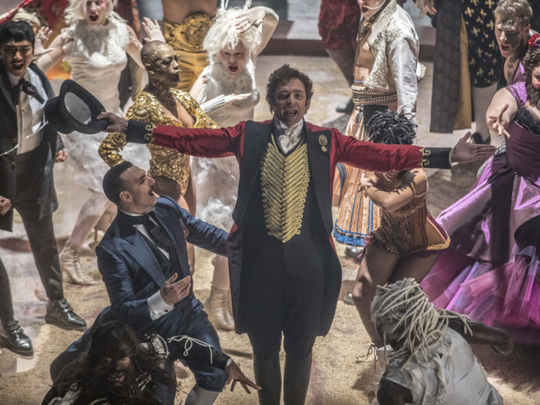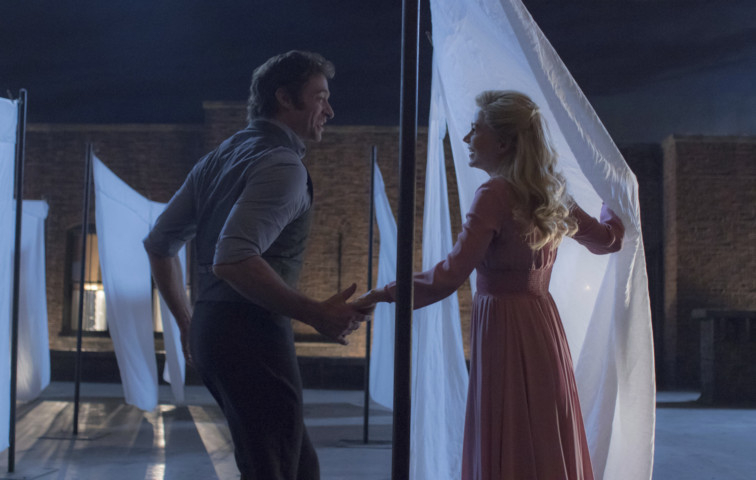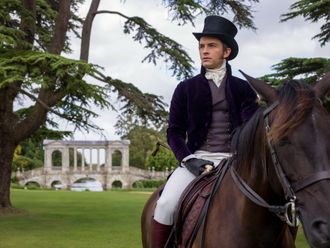
Everyone loves a good circus movie, and everyone loves Hugh Jackman. His forthcoming PT Barnum musical, The Greatest Showman, looks to be a timely celebration of outsiderness and inclusivity, with its bearded women, tattooed men, little people and conjoined twins.
“His belief was what makes you different makes you special,” Jackman has said of Barnum. “You can be discriminated for that but if you own up to it and we start to embrace everybody then it can be what makes life special and fantastic.”
The problem is, the real-life PT Barnum was not exactly a crusader for social justice. Like many pedlars of 19th-century “freakshows”, Barnum was more interested in exploiting people than empowering them. He exhibited “strange and savage tribes” along with exotic animals, usually consisting of bewildered indigenous people or fake ones in costumes (his “Circassian Beauties” were given fake Afro hairstyles using beer).
He also exhibited African-Americans with birth defects, affirming their racial “inferiority”, and one of his earliest “hits” was Joice Heth, a blind, partially paralysed slave who Barnum claimed was 161 years old (she was half that). When Heth died, Barnum held a public autopsy and charged spectators to watch. Something tells me we won’t see Jackman doing that.
Unsurprisingly, US President Donald Trump has been frequently likened by political pundits to Barnum. A professional bullshitter with a penchant for loud rhetoric, fake news and racial prejudice? He doesn’t play down the comparison.
Circuses and “freaks” have inspired some of cinema’s greatest, strangest films: David Lynch’s The Elephant Man; Jodorowsky’s Santa Sangre; Alexei Balabanov’s Of Freaks and Men. The best of them recognise that the sideshow is a distorted mirror of its audience; none more so than Tod Browning’s magnificent Freaks, made in 1932 and cast with genuine “freaks”. Many of them — like Johnny Eck, “The Half-Boy”, and Prince Randian, “The Human Torso” — were former Barnum employees. Browning, an ex-circus performer, shocked audiences by portraying them as sympathetic humans rather than victims or monsters.
The real monster of the piece is the beautiful trapeze artist, who feigns love for a dwarf to get her hands on his inheritance, and is fatefully accepted into the freaks’ unified community as “one of us”.
If The Greatest Showman is a cheerleader for outsiders, and atoning for the sins of the sideshow, that can only be good, but let’s not airbrush history. Barnum and his colleagues were the problem, not the solution. They created and perpetuated ethnic stereotypes and cordoned off a swath of humanity as “different”. To really do Barnum’s story justice, they would be better off making a horror movie.
__
The Greatest Showman releases in the UAE on December 28.














